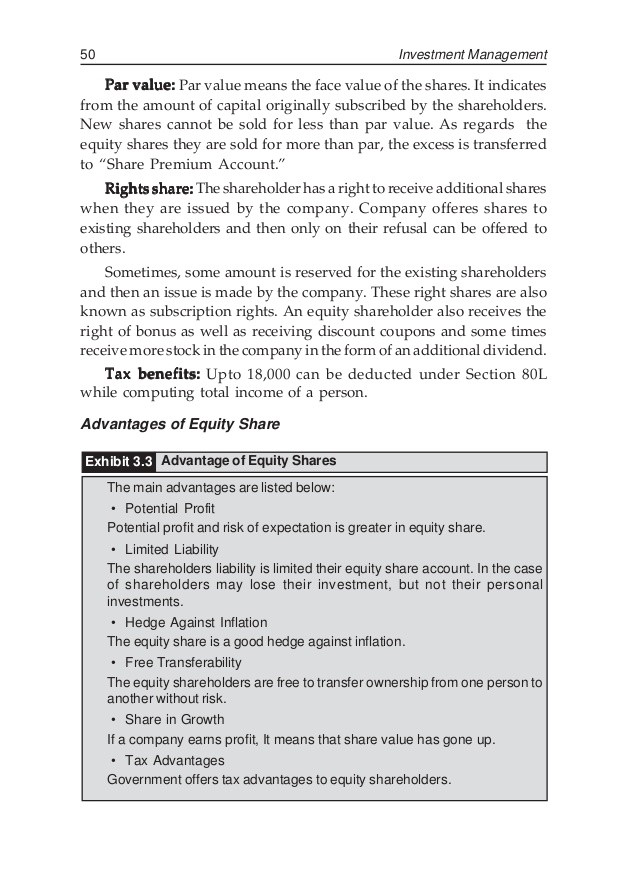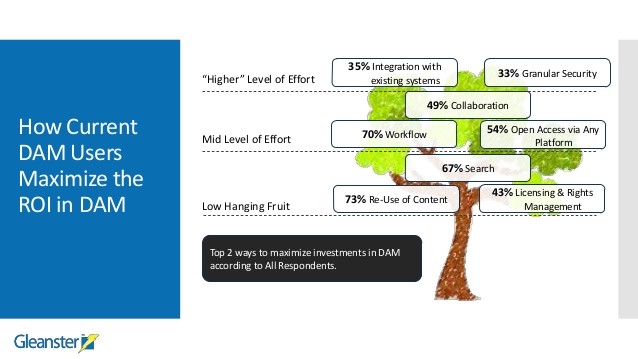Levels Of Security For Investments_3
Post on: 16 Март, 2015 No Comment

Credit ratings are forward-looking opinions about credit risk. Standard & Poors credit ratings express the agencys opinion about the ability and willingness of an issuer, such as a corporation or state or city government, to meet its financial obligations in full and on time.
Credit ratings can also speak to the credit quality of an individual debt issue, such as a corporate note, a municipal bond or a mortgage-backed security, and the relative likelihood that the issue may default.
Ratings are provided by organizations such as Standard & Poors, commonly called credit rating agencies, which specialize in evaluating credit risk.
Each agency applies its own methodology in measuring creditworthiness and uses a specific rating scale to publish its ratings opinions. Typically, ratings are expressed as letter grades that range, for example, from AAA to D to communicate the agencys opinion of relative level of credit risk.
For more information view the detailed Ratings Definitions
What do the letter ratings mean?
The general meaning of our credit rating opinions is summarized below.
AAAExtremely strong capacity to meet financial commitments. Highest Rating.
AAVery strong capacity to meet financial commitments.
AStrong capacity to meet financial commitments, but somewhat susceptible to adverse economic conditions and changes in circumstances.
BBBAdequate capacity to meet financial commitments, but more subject to adverse economic conditions.
BBB-Considered lowest investment grade by market participants.
BB+Considered highest speculative grade by market participants.
BBLess vulnerable in the near-term but faces major ongoing uncertainties to adverse business, financial and economic conditions.
BMore vulnerable to adverse business, financial and economic conditions but currently has the capacity to meet financial commitments.
CCCCurrently vulnerable and dependent on favorable business, financial and economic conditions to meet financial commitments.
CCCurrently highly vulnerable.
CCurrently highly vulnerable obligations and other defined circumstances.
DPayment default on financial commitments.
Note: Ratings from AA to CCC may be modified by the addition of a plus (+) or minus (-) sign to show relative standing within the major rating categories.

Specific ratings are also available from Standard & Poors Ratings Desk by emailing ratings_request@standardandpoors.com .
Are Credit Ratings indicators of investment merit?
While investors may use credit ratings in making investment decisions, Standard & Poor?s ratings are NOT indications of investment merit. In other words, the ratings are not buy, sell, or hold recommendations, or a measure of asset value. Nor are they intended to signal the suitability of an investment. They speak to one aspect of an investment decisioncredit qualitywhich in some cases, may include our view of what investors can expect to recover in the event of default.
In evaluating an investment, investors should consider, in addition to credit quality, the current make-up of their portfolios, their investment strategy and time horizon, their tolerance for risk, and an estimation of the security’s relative value in comparison to other securities they might choose. By way of analogy, while reputation for dependability may be an important consideration in buying a car, it is not the sole criterion on which drivers normally base their purchase decisions.
Why do Credit Ratings change?
The reasons for ratings adjustments vary, and may be broadly related to overall shifts in the economy or business environment or more narrowly focused on circumstances affecting a specific industry, entity, or individual debt issue.
In some cases, changes in the business climate can affect the credit risk of a wide array of issuers and securities. For instance, new competition or technology, beyond what might have been expected and factored into the ratings, may hurt a company’s expected earnings performance, which could lead to one or more rating downgrades over time. Growing or shrinking debt burdens, hefty capital spending requirements, and regulatory changes may also trigger ratings changes.
While some risk factors tend to affect all issuersan example would be growing inflation that affects interest rate levels and the cost of capitalother risk factors may pertain only to a narrow group of issuers and debt issues. For instance, the creditworthiness of a state or municipality may be impacted by population shifts or lower incomes of taxpayers, which reduce tax receipts and ability to repay debt.
Are Credit Ratings absolute measures of default probability?
Since there are future events and developments that cannot be foreseen, the assignment of credit ratings is not an exact science. For this reason, Standard & Poors ratings opinions are not intended as guarantees of credit quality or as exact measures of the probability that a particular issuer or particular debt issue will default.
Instead, ratings express relative opinions about the creditworthiness of an issuer or credit quality of an individual debt issue, from strongest to weakest, within a universe of credit risk. The likelihood of default is the single most important factor in our assessment of creditworthiness.














